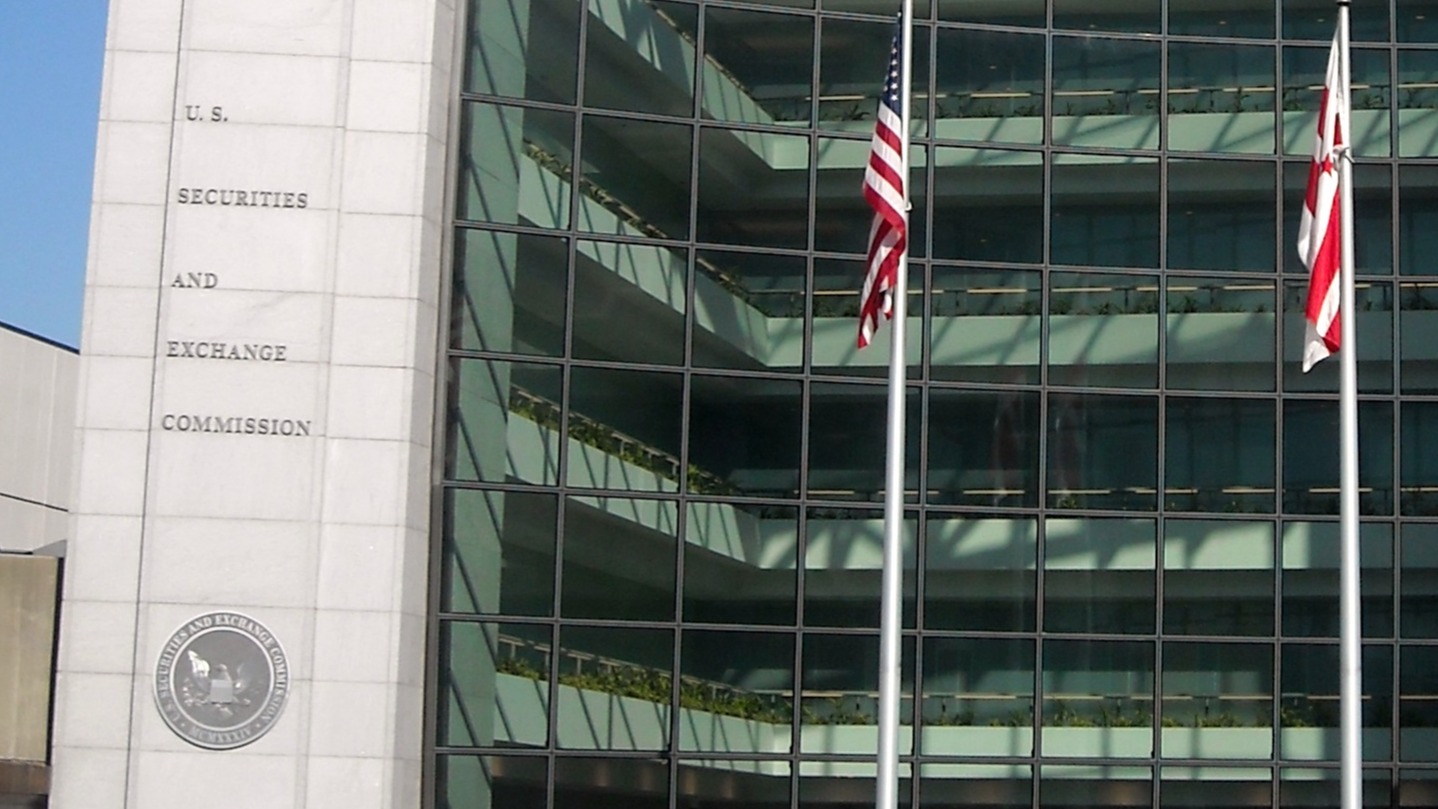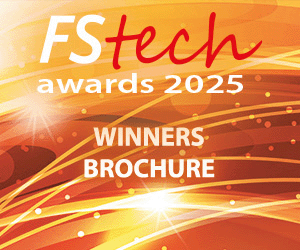A Q&A with Elizabeth Lugones, VP of Professional Services at Mitratech.
Technology is evolving faster than ever, offering businesses powerful tools for efficiency, automation, and transformation. But just because something can be implemented doesn’t mean an organization is ready for it.
So how do you introduce new technology in a way that people will actually embrace? We sat down with Elizabeth Lugones, VP of Professional Services at Mitratech, to discuss how legal and compliance teams can navigate change, drive adoption, and make technology an asset — not a headache.
Question: Many companies invest in new technology but struggle with adoption. Why does that happen?
Elizabeth Lugones: It usually comes down to a disconnect between capability and readiness. Just because a tool has impressive features doesn’t mean it will automatically solve problems — especially if existing workflows aren’t optimized.
The same applies to automation. If you automate a broken process, all you’re doing is making inefficiencies run faster. Before rolling out any tech, take a step back. Ask: Are our current processes effective? Who are the key users? What training and change management support do we need?
This foundational work ensures that automation and technology enhance operations rather than complicate them. Too often, people get enamored with capability or hung up on a particular functionality without knowing if it's something that is truly a need or must-have. In that case, you run the risk of buying more than you are ready for.
Question: How can organizations position new technology in a way that gets buy-in from leadership and users?
Elizabeth Lugones: The key is to meet people where they are. Different stakeholders care about different things — take the following examples of automation technology:
- Executives want ROI, efficiency, and competitive advantage — automation directly impacts their bottom line.
- Managers focus on seamless integration and reliable data — automated workflows reduce human error and free up time.
- End-users need intuitive design and clear benefits — automation should make their work easier, not add complexity.
A one-size-fits-all approach won’t work. Instead, tailor the message to each audience. Show executives the long-term financial and efficiency benefits, reassure managers that the new technology won’t cause disruption, and make sure end-users see how it will eliminate tedious, manual tasks.
Question: What are the biggest mistakes companies make when rolling out new tech and automation?
Elizabeth Lugones: One of the biggest mistakes is assuming that technology itself drives change. It doesn’t — people do. You need a solid support structure in place to make adoption successful. That means:
- A clear communication plan with regular updates
- Role-based training tailored to different users
- A strong support network — think change champions, access to experts, and ongoing help resources
With automation and AI specifically, there’s often fear that jobs will be replaced. Instead of focusing on replacement, frame automation as an
Question: What role does automation play in long-term tech adoption?
Elizabeth Lugones: Automation is one of the most powerful drivers of sustained adoption — if it’s implemented the right way. When organizations automate repetitive, time-consuming tasks, they create efficiency and consistency that people quickly become dependent on. That’s when adoption sticks.
However, automation alone isn’t enough. If you automate a process but don’t establish ownership, governance, and training, people won’t trust it. Successful automation requires:
- Clear accountability — Who owns the automated process?
- Continuous monitoring — Is the automation working as intended?
- Evolution — How can it be improved over time?
Automation should be seen as a tool for enhancement, not just replacement. The goal isn’t just to save time — it’s to create a smarter, more agile organization.
Question: How do you keep momentum going after implementation?
Elizabeth Lugones: Governance and accountability are critical. You need clear ownership — who is responsible for adoption and continuous improvement? What KPIs will measure success? Regular feedback loops allow organizations to refine and adapt based on what’s working (and what’s not).
Tech adoption isn’t a one-and-done deal—it’s an ongoing process that requires leadership, oversight, and evolution.
Question: Any final advice for companies struggling to drive adoption?
Elizabeth Lugones: Always be selling. Adoption isn’t just about flipping a switch — it’s about winning hearts and minds. The most successful implementations use storytelling and influence to drive engagement.
- Paint a compelling vision of what success looks like.
- Celebrate small wins to build momentum.
- Turn skeptics into advocates by showing real results.
- Keep reinforcing the message—once isn’t enough!
The more people understand the why behind a technology shift, the faster it becomes embedded in daily workflows. When you balance technical capabilities with organizational readiness — and use automation strategically — you create a transformation that sticks.
Want to learn more? Explore Mitratech Document Automation, Workflow Automation, and Matter Management.
About Mitratech
Mitratech is a proven global technology partner for legal, risk, compliance, and HR professionals seeking to maximize productivity, control expense, and mitigate risk by deepening organizational alignment, increasing visibility, and spurring collaboration across an enterprise. Mitratech serves over 20,000 organizations worldwide, spanning more than 160 countries.
For more info, visit: www.mitratech.com
About Liz Lugones
Liz has built and managed Legal Operations teams in various industries in both public and private companies over her 20+ year career. She is a strategic leader who excels in global project management and business reengineering, with particular expertise in process improvement, change management, cross-functional collaboration, and team building, but her true passion is helping others find their own strengths and talents and harness them for the value of all. Before joining Mitratech, Liz was COO & Senior Advisor at UpLevel Ops (boutique Legal Operations Consultancy). Liz served as the Senior Director of Legal Operations at WeWork. And Director of Legal Operations at a diverse range of companies, including UnitedLex, DXC Technology, Becton Dickinson, and MetLife. She also worked at Citigroup as Manager, Strategy and M&A. Liz holds a BA in Political Science and Journalism from Rutgers University, is certified in Lean Six Sigma and fluent in Spanish. She is based in New Jersey.



.jpg)
.jpg)










Recent Stories